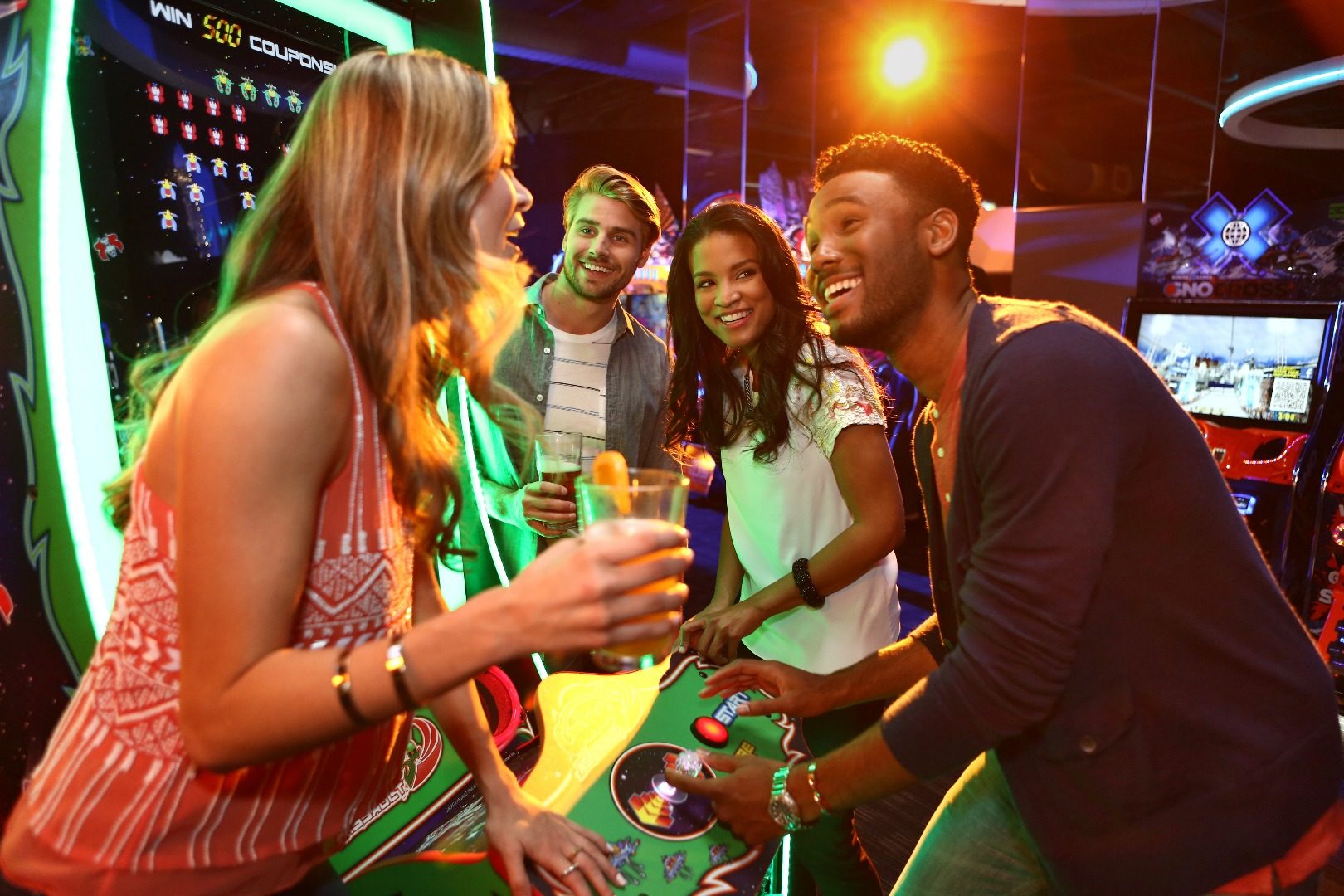Delivery Strategy Doesn’t Matter When Guests Come for the Fun, Not the Food

Photo Caption: Dave & Buster's makes the majority of its money on the games customers play in its stores.
Skift Take
As more and more chains beef up their delivery sales, Dave & Buster's and similar "eatertainment" concepts are instead relying on their ability to get customers off the couch and into their stores.


